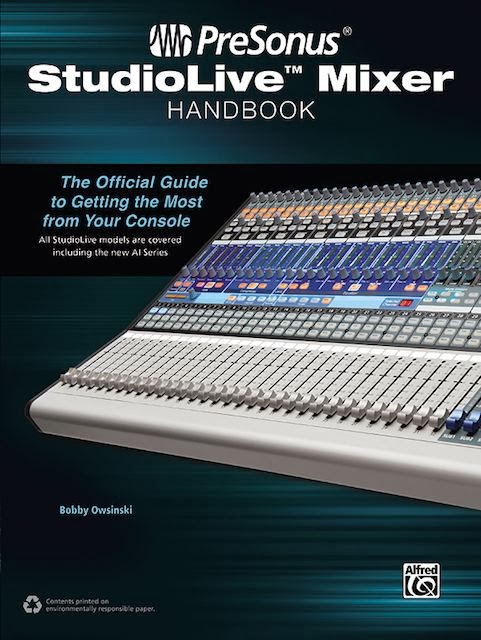1. There's a nice dark (meaning no high end) slightly delayed plate reverb on the vocal that melts together with the vocal. Even though Morrison sang in the bathroom because of the ambience, most bathrooms are too small to have long decays like you hear on the song. It does provide a nice fullness to the vocal though.
2. There's a fair amount of distortion on the vocal when it gets loud, which was obviously left in because the performance is so good. Engineer/producer Bruce Botnick is one of the finest engineers of our time, but he knew when to fix something and when not to, and this wasn't the time for a fix. The performance should always come first as it did here. Chances are none of us has ever heard the distortion with the rest of the track playing on the radio anyway.
3. It's very cool to hear the leakage in the background. There's nothing like a band that cooks live!
----------------------------------
You should follow me on Twitter and Facebook for daily news and updates on production and the music business.
Don't forget to check out my Music 3.0 blog for tips and tricks on navigating social media and the new music business.




